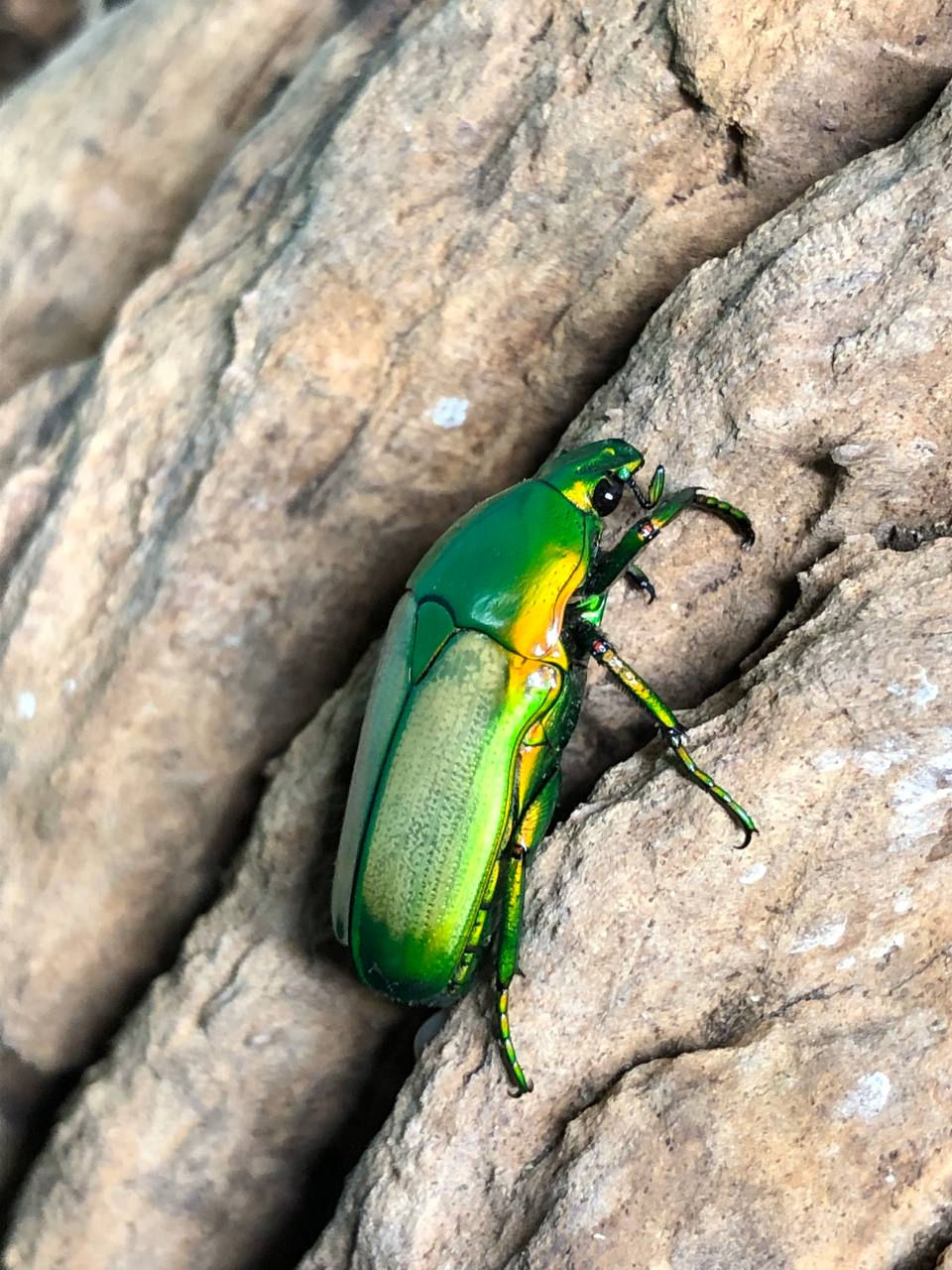Vietnamese Spiny Stick Insect (Neohirasea maerens) PSG 173 - Nymphs
About N. maerens:
Not a species we see available very often within the hobby despite being easy going and ideal for both beginners and experienced hobbyists due to their size and care.
Nymphs start off smooth and develop their spines and colouration with each moult. They have a tendency to rest on old leaves and debris at the bottom of the enclosure, so double check things when doing a clean!
Adults can vary in colour from dark brown to a dusty pink and possess spines along the thorax, however these are not sharp enough to pierce skin when handling, but care should still be taken.
This species can release a defensive odour when startled or handled roughly which is a BBQ type smell, and adults tend to either roll or run off your hand when rushed so take things at their pace.
These will reproduce both sexually and parthenogenetically, so only keep as many eggs as you can care for as they have a relatively high hatch rate!
Nymphs available will be L2-L3
Adult size: males 7-8cm, females 8-9cm
Lifespan: approx. 10-13 months
Status: captive bred
Place of Origin: Vietnam
Parthenogenetic: yes
Temperature: 20-24˚C
Humidity: 60-80%
Diet: Bramble, Oak, Pyracantha
Special Requirements: Easy species to care for. Spray a few times a week or when enclosure has dried out. Avoid spraying the nymphs directly with water.
- We like to keep N. maerens around 20-23˚C and humidity ranges between 60-70%, but these will do just fine at average room temperature so long as the humidity is kept in the higher ranges which aids the moulting process. Enclosure size should be at least 3 times the length of the body of the insect in height, and at least 2x the length of the insect in width. Something around 20x20x30cm would work fine for 2-3 insects, but bigger the better.
- We use a mesh enclosure, as we find the mesh provides excellent cross-ventilation and provides extra surface area for the stick insects to utilise. As these invertebrates are arboreal, its important to try and replicate these conditions in captivity. Alternatively, a tall glass or plastic enclosure can be used if it has adequate cross ventilation and surface grip. We add a variety of hardwood branches as décor and to provide a more natural, enriching habitat.
- We like to line the floor of the enclosure with some paper towels which catch the faeces and absorb excess moisture, reducing the chances of mould. PLEASE AVOID USING SUBSTRATE AND CLEAN UP CREW. The light colouration of the tissue also helps with spotting eggs and differentiating them from droppings. Once a week we replace the tissue and separate out eggs from poo. It is important to mention that we ONLY collect as many eggs as we can care for, the remainder are frozen for 72+ hours or crushed to prevent hatching. Eggs can be incubated in moist sphagnum moss or vermiculite at 21-23˚C and can take between 3-5 months to hatch.
- We like to gather our own foodplants for our stick insects from local parks and forests which we know are safe and have minimal or no pesticide use. We suggest picking branches with leaves that are away from the main path, higher than ground level, and are healthy and free from signs of fungal infections and disease. Generally, if the leaves are green, intact and have other little critters living on them, then you are good to go! Avoid super new growth as these leaves are high in sugar and some species will not eat them or find them toxic.
- We cut the branches at a length that is 10cm or so less than the height of the enclosure which ensures there is a suitable gap at the top for stick insects to moult if the choose to do it there. The branches are soaked in water for 15-20 minutes to remove any surface debris and hitchhikers. The end of the branches are placed in a jar of fresh water to keep the cuttings fresher for longer. We push some paper towel into the top of the jar to close off the opening which prevents any smaller stick insects from drowning, but you can use sponges or alternatively non-spill paint pots. Once a week we replace the branches with fresh ones, but this can vary for different hobbyists. You will want to change the branches once they have gone limp and start to look dry. Stick insects will only eat live leaves, so its important to keep on top of food changes.
20% BLACK FRIDAY INVERTS SALE
























